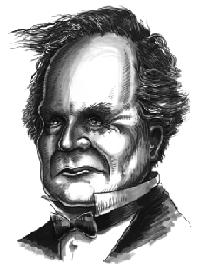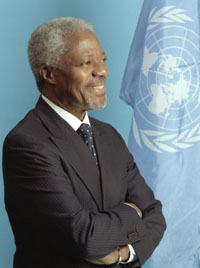1.31.2005
if you do nothing else this week........

.....check this out........Bill Mason was an obscure organ player who performed on the legendary Rusty Bryant funk LPs (Fire Eater & Wildfire), and his session here has the same kind of fierce groove -- with tenor by Hubert Laws, trumpet by Gary Chandler, and guitar by Wilbert Longmire. Titles on that one include "Gettin Off", "Stone", "Mistery Jay", and "Now Run & Tell That".
1.28.2005
i think i am late for class
for mr. hollywood

well, we all know who was the rightfull heir to the tonight show, but that is not how things happened in that crazy showbiz world. leno sucks, and letterman turned out to still be the king of latenight, for at least the people that understand whats funny. gregg....i too loved johnny, and yes i still love bowling......
1.27.2005
crazy

Browse through 30 billion web pages archived from 1996 to a few months ago. To start surfing the Wayback, type in the web address of a site or page where you would like to start, and press enter. Then select from the archived dates available. The resulting pages point to other archived pages at as close a date as possible. Keyword searching is not currently supported, but there are some researcher tools that perform similar functions
and a good day to you sir
1.26.2005
1906-2005

i didn't agree with his architecture, but he was one of the great architectural characters from that fantastic mid-century universe
Philip Johnson, at once the elder statesman and the enfant terrible of American architecture, died yesterday at the Glass House, the celebrated estate he built for himself in New Canaan, Conn., said David Whitney, his companion of 45 years. He was 98 years old.
album of the week
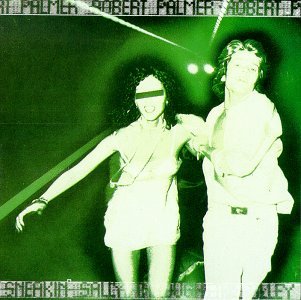
When did Robert Palmer make any good music?
Sneakin Sally Thru The Alley 1974
following the split of vinegar joe in march 1974, palmer is retained by island records as a solo artist. the steve smith produced sneakin sally through the alley is released that September. recorded in new Orleans with assistance from the meters and little feats Lowell george it receives much US airplay and eventually climbs to US #107 in july 1975.
it is worth it just for the meters in the background
Tracks:
1. sailing shoes
2. hey Julia
3. sneakin sally thru the alley
4. get outside
5. blackmail
6. how much fun
7. from a whisper to a scream
8. through it all theres you
did einstein enjoy backgammon?

Einstein has been dead for 50 years this April, but he is still the scientist most likely to have his picture on the front page of the newspaper, perhaps famously sticking out his tongue. It is still Einstein's universe, and in honor of his "miracle year" in 1905, physicists, universities and governmental organizations have laid on a gantlet of celebrations, conferences, books, concerts, contests, Web sites, lectures, games and a controversial intercontinental light show. The International Year of Physics, as the United Nations has officially designated 2005, has already had its zany moments of physics fun, with more to come. This month, Ben Wallace, 18, a professional stunt cyclist, flew off a ramp in the London Science Museum and did a back flip 12 feet in the air while folding his bicycle sideways - a maneuver designed by a Cambridge physicist who said she was inspired by a tale that the 26-year-old Einstein had invented his theory of relativity while riding a bicycle.
not at blockbuster sucka
1.25.2005
relax.....sit a spell
2.12.05 - 2.27.05
saturday in the park....i think it was the 4th of july

The BMW 6 (codenamed the E24) appeared in 1976, borrowing much of its design and mechanics from the upcoming E23 7 series and provided a much-needed replacement for its predecessor, the E9 30CS/i Coupe. Most of the first models were produced at Karmann's Osnabruck plant before production was brought under the BMW roof a year later. The new Coupe, whose models were aptly marked 'CS' (standing for 'Coupe Sport') were available primarily in two models. You could have a 3.0 litre single carburetor model, the 630CS, or you could opt for vastly more grunt with fuel injection and a bigger 3.3 litre engine in the 633 CSi.
The 633Csi was a more spacious, luxurious example of the sporting archetype than the 630CS, also introducing a handy innovation replicated throughout today's modern cars. This new feature was Check Control, a status-reporting system which allowed the driver to check brake fluid, windscreen washer and oil levels with a push of the 'TEST' button, the system also reported failures in brake lights and lining. The 6s also debuted with the first on-board computer and a (now commonplace) service interval indicator.
In 1978, the 635CSi joined the line-up and in 1979, the entry-level 628CSi tempted buyers into the driver's seat of a six.
1.24.2005
genius of the week
oh man...do you see that too?
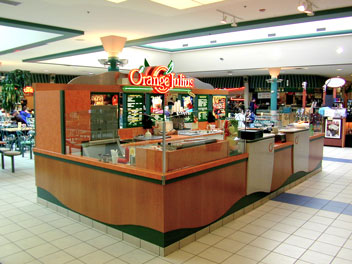
In 1926 when Julius Freed wanted to open an orange juice stand in California, he asked his friend, Bill Hamlin to help find a suitable location. Hamlin, a real estate developer, found Julius a small store in Los Angeles on south Broadway with a pool hall down stairs, garment factory upstairs and a theater next door.
Julius Freed had moderate success with his new business. Hamlin suggested Julius jazz up the drink. Hamlin had an idea how to make fresh squeezed orange juice more exciting and consistent. A former chemistry student, Hamlin decided he would create a new formula. Freed liked the new fresh blended drink idea and began selling it in his store. It was clearly a winner, quickly outselling orange juice. Hamlin soon jumped behind the counter to help keep up with thirsty customers shouting, "Give me an orange Julius!" Thus the unique Orange Julius® name and product were born.
my first blizzard in queens: hour 1
my first blizzard in queens: hour 2
1.21.2005
man...i love the office

please send me more "funny" pictures, and chain e-mails, and family photos, and iq quizes, and strange human analogies that involve colors-animals-numbers, that are acompanied with the phrase "try it, you won't believe it, it's really true" i really have nothing to do, so continue with the e-mails that have viruses and shut me down for an hour. hey what's everyone having for lunch, i can't wait!
secret hamburgers

Le Parker Meridien's luxe lobby is probably the last place you'd expect to find great burgers. But pull back the brown-velvet curtain, follow the long dark corridor and stumble into a surreal replica of a collegiate dive bar. Paneled in faux wood, decorated with movie posters and stacked boxes of liquid shortening, it's neither retro nor cute. But no one minds: By noon, the Naugahyde booths and communal tables are packed.You can devour the entire menu--burgers, fries, milk shakes, pickles and beer--in one sitting, and all for less than $15. The juicy, grilled sirloin burgers--perfectly charred, topped with cheddar and the works and served on no-frills Armour buns--are among New York's most flavorful. Crispy fries arrive in brown paper bags, milk shakes are rich and thick, and beer is shockingly cheap. It's a burger-lover's paradise, but don't ask the sharp-tongued counterperson for special requests.118 W 57th St
1.20.2005
request for information
as many of you already know, it has been a dream of mine for at least the last twelve years to construct a full size replica of the now famous plinko board. as an architect, most would believe that i would have access to vast resources, which would naturally contain the necessary drawings, specifications, and diagram's needed to undertake such a humanitarian task. this understood preconception is sadly untrue. for the secrets of the plinko board, yet to be revealed, have proven as allusive as....let's say the holy grail. i request from you, my readers, to please keep every eye open in your daily travels, and adventures, for any clue that may bring the reality of home plinko play to full flurition.
please note: i would like the construction of aforementioned plinko board to be complete by the retirement celebration of Mr. Hollywood, or by the year 2015, whichever may come first.
please note: i would like the construction of aforementioned plinko board to be complete by the retirement celebration of Mr. Hollywood, or by the year 2015, whichever may come first.
thank you....now on to the showcase showdown
f@$*ing genius
1.19.2005
2005+........
the year 2015 is fast approaching. for those of you that understand the significance, we know we are getting closer. what has happened, is happening, and will happen, as this magical time draws near? this question was recently raised by Mr. Hollywood, and has caused me to ponder. i believe 2015 is an alchemy of sorts, which includes style, ideas, music, friends, politics, and anything that may make up our everyday experience. what follows is a certain snapshot, if that is at all possible, of a piece of what 2015 has become, is becoming, or may become..........
barbecue and a boogaloo
more to come
the picture is forming

Stanley Crouch is a columnist, novelist, essayist, critic and television commentator. He has served since 1987 as an artistic consultant at Lincoln Center and is a co-founder of the department known as Jazz at Lincoln Center. In 1993, he received both the Jean Stein Award from the American Academy of Arts and Letters and a MacArthur Foundation grant. He is now working on a biography of Charlie Parker.
1.18.2005
sangria afternoon
groove generator

There were many varieties of the Hammond organ, some designed for home use, some designed for church use, and some designed for live gigs and studio recording. But the most popular variety, and the one still commonly in use today (if you can find one that isn't too beat up) is the Hammond B-3. There is one more thing that must be described if we are to fully appreciate the character of the Hammond, and that the is the Leslie tone cabinet. The organ needed an external speaker in order to be heard, and it also needed one specially designed that had rotating speakers, so that the vibrato effects in the organ could come out. Jimmy Smith, probably the most famous, was not the only one to make a name for himself playing the Hammond. Among the many in jazz, funk, and rock are Richard "Groove" Holmes, Jack McDuff, Jimmy McGriff, Joey and John DeFrancesco, Shirley Scott, Dr. Lonnie Smith, Larry Young, Don Patterson, Paul Shaffer, Don Pullen, Larry Goldings, 'Big' John Patton, Booker T. Jones, Billy Preston, Merl Saunders, Ray Manzerek, Jon Lord, Fats Waller, and so many others.
1.17.2005
wes anderson may be living with my grandmother
1.16.2005
ez pass: what the f#*k
01/12/05-01/12/05 Prepaid Toll Dep $180.00 Balance=$215.99
Robert Moses proposed highways were designed to help automobile-owning families. In 1945 two out of three residents of the city did not own automobiles. Subway fare increases hurt these people. While highways were being extended into areas of the city where they might or might not be needed, subways were not being extended to where they were vitally needed. His monopolization of public funds for highways made subway construction impossible. Even for car owning families, no subway meant the hardship of having to drive into Manhattan - and park - and pay bridge tolls. It is also said that Moses' transportation policies helped the poor stay trapped in their slums ("ghettoization")
Robert Moses proposed highways were designed to help automobile-owning families. In 1945 two out of three residents of the city did not own automobiles. Subway fare increases hurt these people. While highways were being extended into areas of the city where they might or might not be needed, subways were not being extended to where they were vitally needed. His monopolization of public funds for highways made subway construction impossible. Even for car owning families, no subway meant the hardship of having to drive into Manhattan - and park - and pay bridge tolls. It is also said that Moses' transportation policies helped the poor stay trapped in their slums ("ghettoization")
cold lampin
In warm evenings I frequently sat in the boat playing the flute, and saw the perch, which I seem to have charmed, hovering around me, and the moon travelling over the ribbed bottom, which was strewed with the wrecks of the forest. Formerly I had come to this pond adventurously, from time to time, in dark summer nights, with a companion, and, making a fire close to the water's edge, which we thought attracted the fishes, we caught pouts with a bunch of worms strung on a thread, and when we had done, far in the night, threw the burning brands high into the air like skyrockets, which, coming down into the pond, were quenched with a loud hissing, and we were suddenly groping in total darkness. Through this, whistling a tune, we took our way to the haunts of men again. But now I had made my home by the shore.
"Walden" (The Ponds) Henry David Thoreau - 1854
1.14.2005
why we blog
The first device that might be considered to be a computer in the modern sense of the word was conceived in 1822 by the eccentric British mathematician and inventor Charles Babbage.
In Babbage's time, mathematical tables, such as logarithmic and trigonometric functions, were generated by teams of mathematicians working day and night on primitive calculators. Due to the fact that these people performed computations they were referred to as "computers." In fact the term "computer" was used as a job description (rather than referring to the machines themselves) well into the 1940s, but over the course of time this term became associated with machines that could perform the computations on their own.
In 1822, Babbage proposed building a machine called the Difference Engine to automatically calculate these tables. The Difference Engine was only partially completed when Babbage conceived the idea of another, more sophisticated machine called an Analytical Engine.
In Babbage's time, mathematical tables, such as logarithmic and trigonometric functions, were generated by teams of mathematicians working day and night on primitive calculators. Due to the fact that these people performed computations they were referred to as "computers." In fact the term "computer" was used as a job description (rather than referring to the machines themselves) well into the 1940s, but over the course of time this term became associated with machines that could perform the computations on their own.
In 1822, Babbage proposed building a machine called the Difference Engine to automatically calculate these tables. The Difference Engine was only partially completed when Babbage conceived the idea of another, more sophisticated machine called an Analytical Engine.

FACTS
- admiral dewy wilkins
- new york, United States
Recent posts
Archives
- January 2005
- February 2005
- March 2005
- April 2005
- May 2005
- June 2005
- July 2005
- August 2005
- September 2005
- October 2005
- November 2005
- December 2005
- January 2006
- February 2006
- March 2006
- April 2006
- May 2006
- June 2006
- November 2006
- January 2009
- February 2009
- March 2009
- April 2009
- May 2009
- June 2009
- July 2009
- August 2009
- September 2009
- October 2009
- November 2009
- December 2009
- January 2010
- February 2010
- October 2014




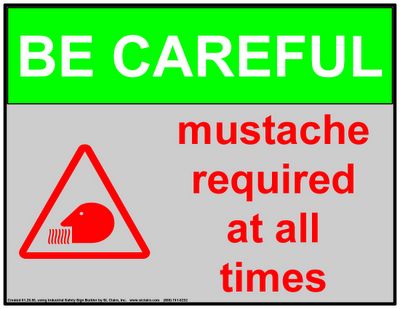


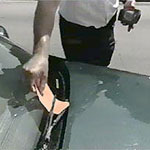
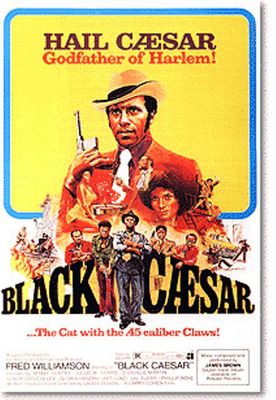













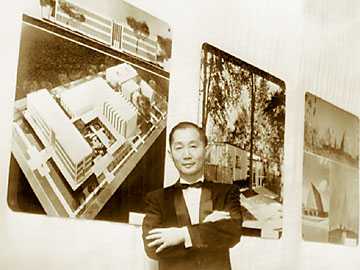
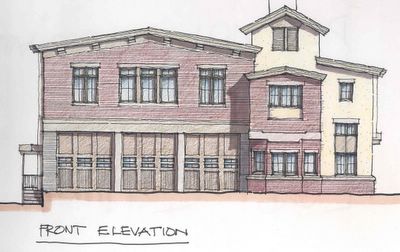






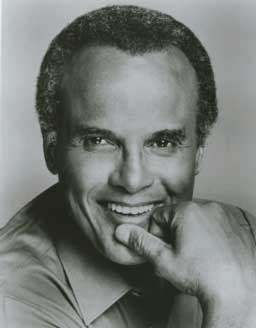
%2520Whitestone%2520%2520Bridge.jpg)
